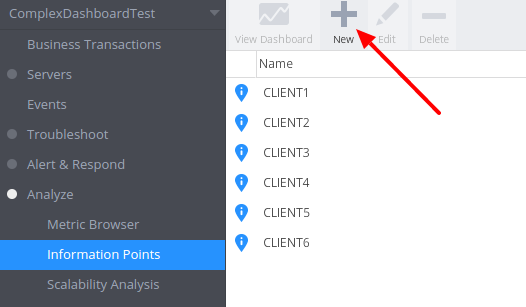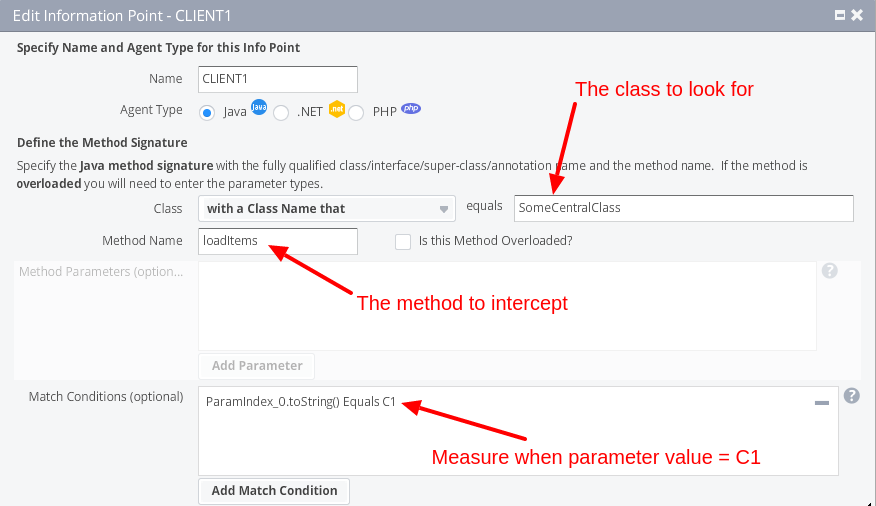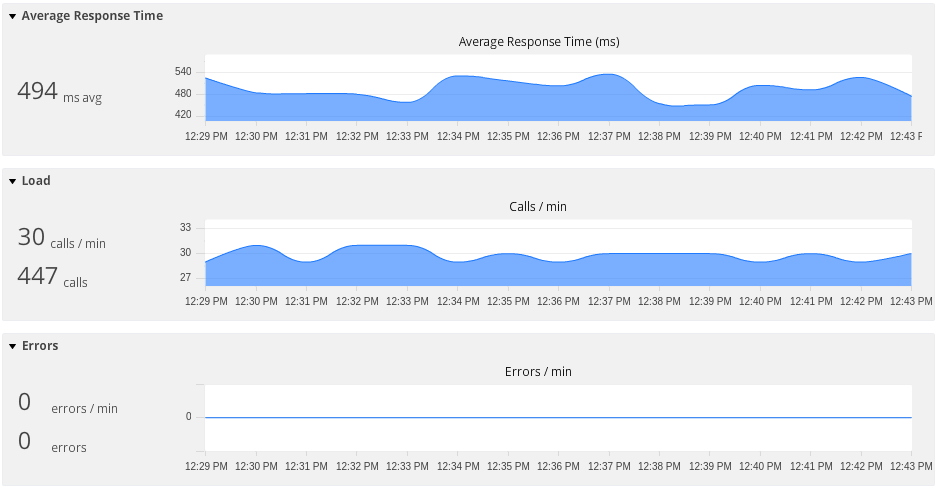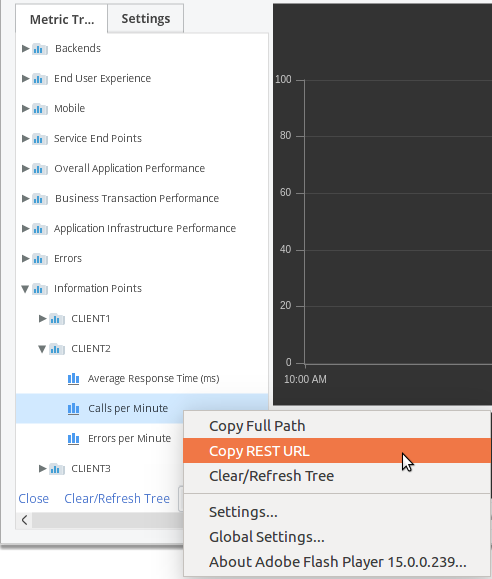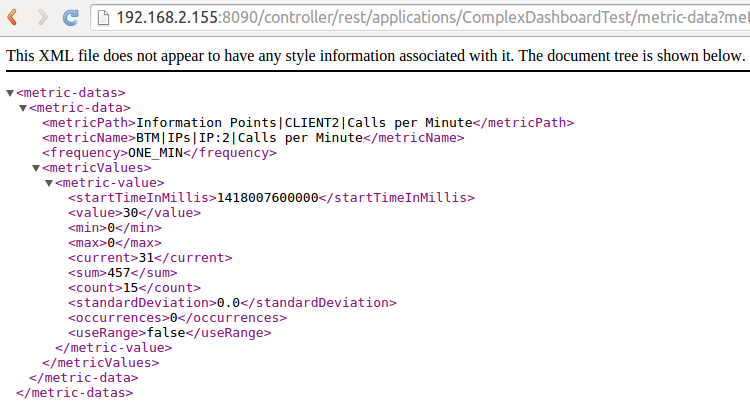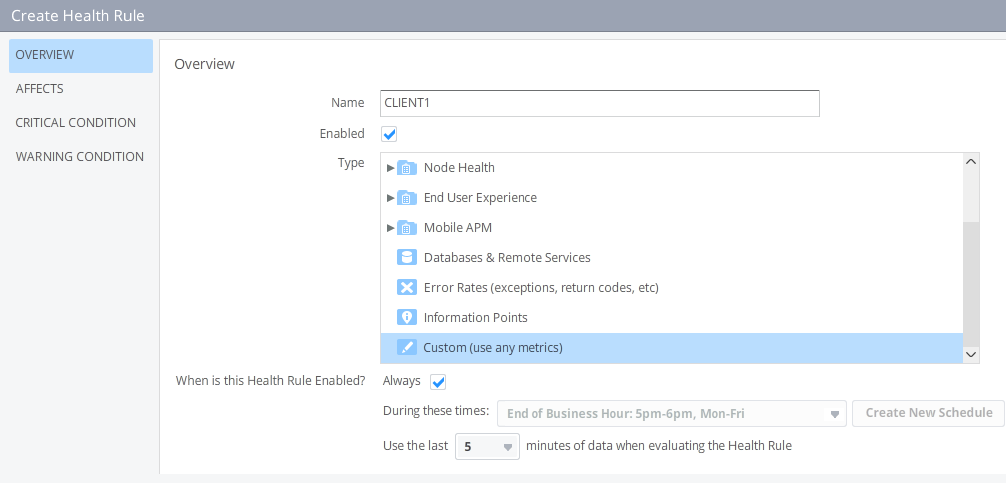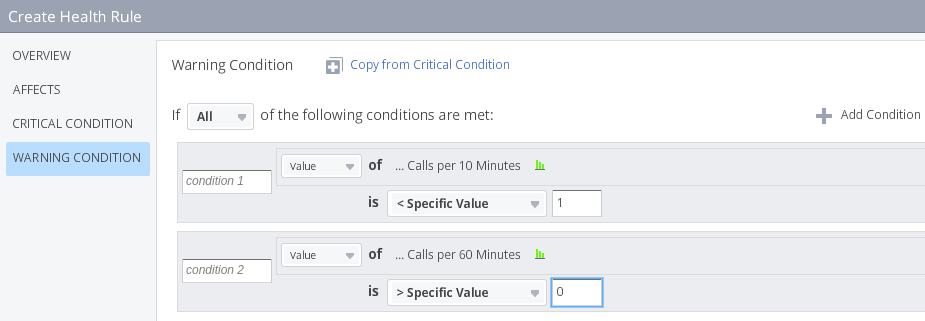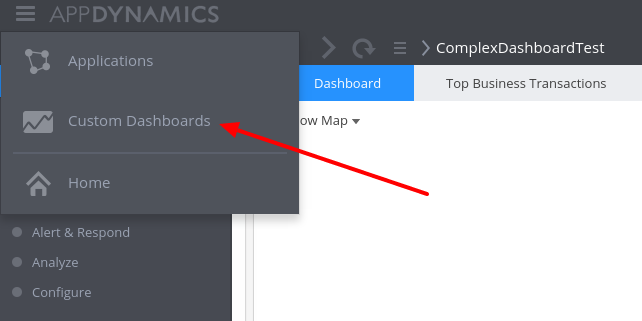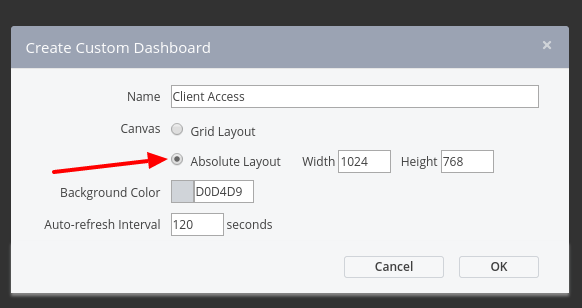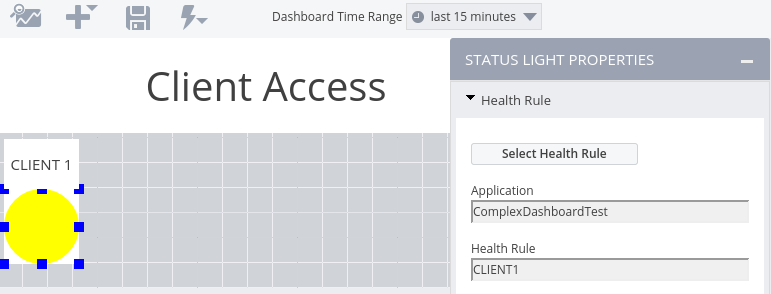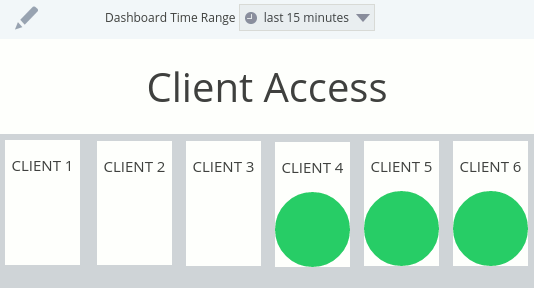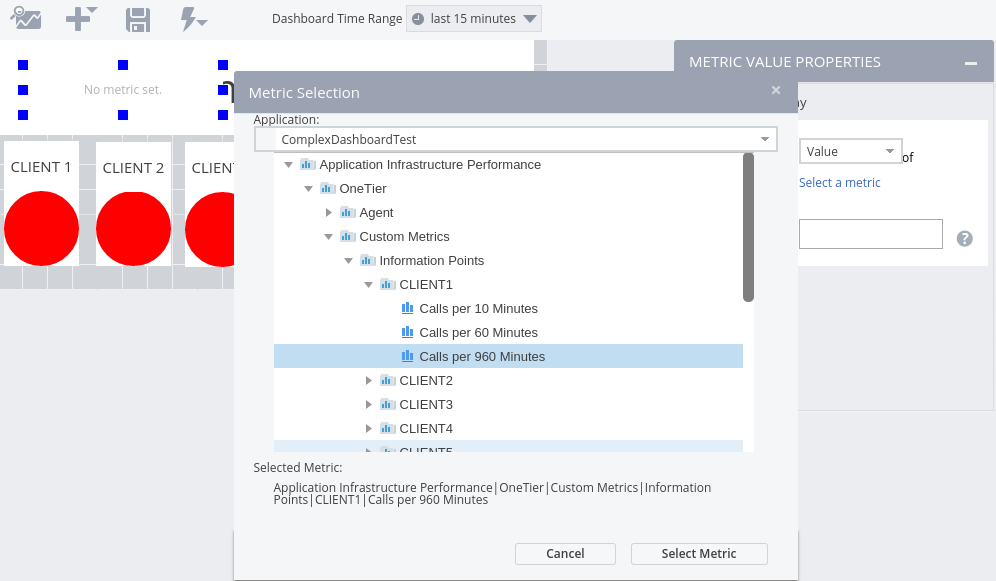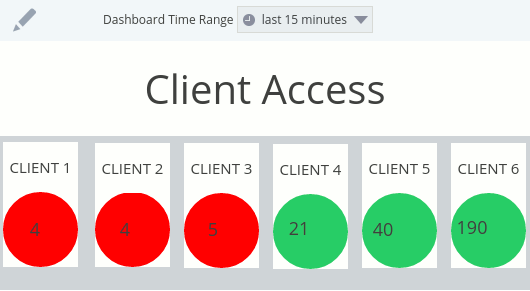We learn something everyday. We don’t always realise it, but we do. Sometimes the thing you learn isn’t new at all, but something you sort of knew but never really thought about too much.
I recently learned that my understanding of what causes a NaN value in Java’s double was wrong.
The story
I was working on an integration project and received a bug report on one of my services. The report said that my service is returning an HTTP code ‘500’ for a specific input message.
During my investigation I found the cause of the exception was an unexpected value returned from a down stream service. It was a SOAP service which returned something like the following in its XML response:
<SomeNumberField type="number">NaN</SomeNumberField>
I was a bit surprised to see the NaN there since I would expect them to either leave the field off or set it to null if they don’t have a value. This looked like a calculation bug since we all know that, in Java and C# at least, dividing a double with 0 results in a NaN. (Spoiler: It doesn’t)
However, this got me thinking and I tried to remember what I know about doubleand NaN. This resulted in an embarrisingly deep spiral down the rabbit hole.
NaN
Well if you think about it NaN is kind of like a number in this case, even though NaN means Not-a-Number. It exists to enable calculations with indeterminate results to be represented as a “number” in the set of valid double values. Without NaN you could get completely wrong results or you’ll get an exception, which isn’t ideal either. NaN is defined, same as Infinity, to be part of the set of valid doubles.
System.out.println(Double.isNaN(Double.NaN)); //true
System.out.println(Double.POSITIVE_INFINITY == Double.POSITIVE_INFINITY); //true
System.out.println(Double.NEGATIVE_INFINITY == Double.NEGATIVE_INFINITY); //true
I played around with double a bit and I thought to share it in a post, because I think the various edge cases of double are interesting.
I started with the following experiment:
//Lets make a NaN!
double NaN = 5.0/0;
System.out.println("NaN: " + NaN);
>> NaN: Infinity
Wait. What?
Turns out that I have lived with this misconception about what happens when you divide a double by zero. I seriously expected that a double divided by 0 is NaN. Well it turns out I was wrong. You get:
POSITIVE_INFINITY
double infinity = 5.0/0;
System.out.println((infinity == Double.POSITIVE_INFINITY)); //true
I can sort of rationalise that the answer could be infinity because you are dividing something largish with something much much smaller. In fact, dividing it by nothing so you could argue the result of that should be infitely large. Although, mathematically this does not make any sense. x/0 is undefined since there is no number that you can multiply with 0 to get back to x again. (for x <> 0)
Anyway lets play with NaN a bit.
double NaN = Double.NaN;
System.out.println("NaN: " + NaN); //NaN: NaN
System.out.println((NaN + 10)); //(NaN + 10): NaN
System.out.println((NaN - 10)); //(NaN - 10): NaN
System.out.println((NaN - NaN)); //NaN - NaN: NaN
System.out.println((NaN / 0)); //NaN / 0: NaN
System.out.println((NaN * 0)); //NaN * 0: NaN
Well no surprises here. Once a NaN always a NaN.
I used
Double.NaNabove to be sure I have aNaNbut if you want to make one yourself then calculating the square root of a negative number is an easy way:
System.out.println((Math.sqrt(-1))); //NaN
Max and Min value
Before we get to infinity let take a quick look at Double.MAX_VALUE and Double.MIN_VALUE. These are special constants defined on Double which you can use to check if a number is at the maximum of what a double can represent. If a number is equal to Double.MAX_VALUE it means that it is about to overflow into Double.POSITIVE_INFINITY. The same goes for Double.MIN_VALUE except that it will overflow to Double.NEGATIVE_INFINITY.
Something to note about double is that it can represent ridiculously large numbers using a measly 64 bits. The maximum value is larger than 1.7*10^308 !
System.out.println("Double.MAX_VALUE is large! : " + (Double.MAX_VALUE == 1.7976931348623157 * Math.pow(10,308)));
> Double.MAX_VALUE is large! : true
It can represent these large numbers because it encodes numbers as a small real number multiplied by some exponent. See the IEEE spec
Let’s see what it takes to make Double.MAX_VALUE overflow to infinity.
double max = Double.MAX_VALUE;
System.out.println((max == (max + 1))); //true
System.out.println((max == (max + 1000))); //true
System.out.println("EVEN...");
System.out.println((max == (max + Math.pow(10,291)))); //true
System.out.println("HOWEVER...");
System.out.println((max == (max + Math.pow(10,292)))); //false
System.out.println((max + Math.pow(10,292))); //Infinity
This ability to represent seriously large numbers comes at a price of accuracy. After a while only changes in the most significant parts of the number can be reflected. As seen in the following code snippet:
double large_num = Math.pow(10,200);
System.out.println("large_num == (large_num + 1000): " + (large_num == (large_num + 1000))); //true
At large integer values the steps between numbers are very very large since the double has no place to record the change if it doesn’t affect its most 16 most significant digits. As shown above 1000 plus a very large number is still that same very large number.
Infinity
Java’s double supports two kinds of infinity. Positive and negative inifity. The easiest to make those are by dividing by 0.
double pos_infinity = 5.0/0;
System.out.println("POSITIVE_INFINITY == pos_infinity: " + (Double.POSITIVE_INFINITY == pos_infinity));
double neg_infinity = -5.0/0;
System.out.println("NEGATIVE_INFINITY == neg_infinity: " + (Double.NEGATIVE_INFINITY == neg_infinity));
In maths infinity is a numerical concept representing the idea of an infinitly large number. It is used, for example in calculus, to describe an unbounded limit - some number that can grow without bound.
In this case things are pretty much the same as in maths, where POSITIVE_INFINITY and NEGATIVE_INFINITY are used to represent numbers that
are infinitely large. However they function more as a way to know something went wrong in your calculation. You are either trying to calculate something that is too large to store in a double or there is some bug in the code.
There are once again some interesting things to note when playing with positive and negative infinity.
double pos = Double.POSITIVE_INFINITY;
System.out.println("POSITIVE_INFINITY + 1000 = " + (pos + 1000));
System.out.println("POSITIVE_INFINITY + 10^1000 = " + (pos + Math.pow(10,1000)));
System.out.println("POSTIVE_INFINITY * 2 = " + (pos * 2));
Once the value is infinity it stays there even if you add or substract rediculously large numbers. However there is one interesting case, when you substract infinity from infinity:
double pos = Double.POSITIVE_INFINITY;
double neg = Double.NEGATIVE_INFINITY;
System.out.println("POSITIVE_INFINITY - POSITIVE_INFINITY = " + (pos - pos));
System.out.println("POSITIVE_INFINITY + NEGATIVE_INFINITY = " + (pos + neg));
Subtracting infinity from infinity yields NaN and as you would expect adding or subtracting NaN yields a NaN again.
System.out.println("POSTIVE_INFINITY + NaN" + (pos + Double.NaN));
System.out.println("POSTIVE_INFINITY - NaN" + (pos - Double.NaN));
In closing
Both Java’s float and double types follow the IEEE 754-1985 standard for representing floating point numbers. I am not going to go into great detail on the internals of double, but it suffice to say that double and float are not perfectly accurate when you use them to perform arithmetic. The Java primitive type documentation says:
This data type should never be used for precise values, such as currency. For that, you will need to use the java.math.BigDecimal class instead.
If precision is you main concern then it is generally better to stick with good old java.math.BigDecimal. BigDecimal is immutable which makes it nice to work with, but the most important thing is precision. You have absolute control over number precision, without the rounding or overflow surprises you get with double and float. However, if performance is the main concern it is better to stick with float or double and live with the inaccuracies.
For more information on how Java handles NaN, infinity and rouding read the documentation here.

